 Food costs are a moving target. Inflation and supply shortages aside, sometimes food distributors of all sizes simply make errors. But in a business that operates on slim margins, even small errors can add up. Your restaurant management software should be able to help ensure you don’t accidentally overlook an overcharge buried in a P&L statement listing hundreds of items. Instead of having to rely on cross-referencing with past purchases, your software should be able to highlight items that don’t seem right – whether due to a price change or to vendor error – and allow you to set a price limit on ingredients you purchase so you don’t inadvertently overpay. 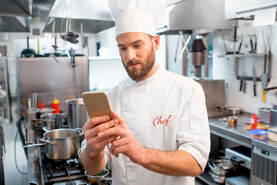 In an industry that struggles to attract and retain staff, having to assign tasks that are not simply repetitive or dangerous, but which also simply keep people from the profit-making areas of their work, can make it difficult to keep your best employees. A talented general manager, for example, likely didn’t join the business for their love of paying invoices or reordering supplies. Automating such tasks has benefits beyond boosting the efficiency of your business. After all, when your senior-level staff can move repetitive admin off their plates, they have time to focus on developing new marketing ideas, helping chefs bring new menus to fruition, greeting guests and correcting problems that stand in the way of positive online reviews. 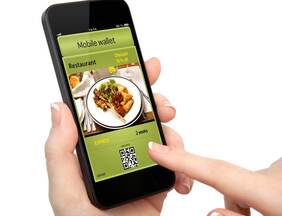 The ease with which your guests and staff can use your technology for placing and processing orders, as well as for making and accepting payment, can have a significant impact on everyone’s satisfaction. Your staff and guests will have different comfort levels when it comes to handling such tasks as navigating your menu and making a payment, or plugging a gift card into a tablet or splitting a check. Making these processes intuitive for as broad a subset of people as possible will help leave guests with a better impression, give them more confidence that they will receive the food they want, minimize the amount of time you need to spend training staff to use a new system, and can help ensure your tech is actively making your team’s jobs easier, faster and less prone to error. When you take a look at your current system, where are there snags are areas that could be improved?  According to a recent survey by the National Restaurant Association, 65 percent of restaurant operators say they lack sufficient staff to support customer demand. As a result, when customers call in orders or reservation requests to restaurants right now, more of those calls are being transferred to lines supported by artificial intelligence. There are clear benefits — it’s easier to collect guest data, and a bot won’t get rattled during a busy shift or miss upselling an order. However, even the most established brands have been experiencing some growing pains with the adoption of this technology in recent months. Would your guests be amenable to connecting with you via AI? If not or you’re not sure, could you incentivize guests to place orders online or via app instead?  Restaurants that use robotic chefs to prepare food and AI to take orders tend to generate breathless headlines, but as recent news from McDonald’s implies, operators may best handle the strains of labor inflation with mundane restaurant tech for the time being. McDonald’s CEO Chris Kempczinski acknowledged recently that automation wouldn’t be a “silver bullet” to solve the brand’s problems with labor inflation. (Restaurant Dive reported that its tests of drive-thru voice ordering were only 80 percent accurate, falling short of the 95 percent accuracy it sought.) Instead, the brand is focusing on customer data to make staffing decisions and reduce labor demand in its stores – something well within the reach of brands far smaller than the likes of McDonald’s. If you’re struggling with the challenges of labor inflation, harnessing your data may reveal some low-tech changes you can make to ensure you have the optimal number of staff at a time, as well as the ones who provide the highest levels of guest satisfaction. 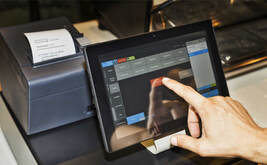 As restaurants have acclimated to pandemic demands for low-touch ordering and pickup, many brands have tech stacks that need to catch up – with tacked-on updates, a range of software suited for specific tasks and bulky equipment that needs integration. Streamlining this setup will continue to be important to restaurant brands struggling to operate efficiently amid inflation, as well as supply and labor shortages. As a recent Forbes report indicates, adopting unified commerce may help multi-unit brands connect disparate pieces of their business, winnowing down their tech vendors and giving them a single view of what’s happening with their customers, staff and marketing. Does your tech give you an uncluttered, unified view of what’s happening in your business so you can make the right decisions? 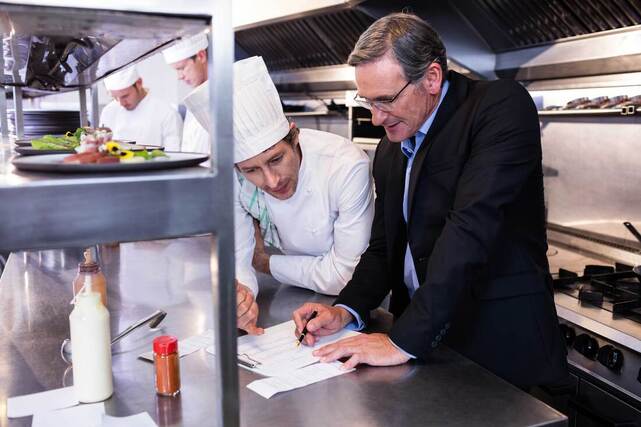 Incorporating more technology to manage back-of-house functions in your restaurant isn’t simply a matter of improving efficiency; it may also help you build and sustain the kind of employee culture you want to cultivate. Management plays a role in employee happiness on the job. When they are on the floor and available, they can provide training, support and mentoring. When they are consumed with managing inventory, vendors, scheduling, payroll and other tasks that take them away from their time with the team, staff morale can take a hit. Are there pain points in your business that keep your managers away from the rest of the team and can be reduced with the help of automated tech?  While it seems like every restaurant has a loyalty program these days, there is significant room for improvement: According to new research from Mercator Advisory Group, only 22 percent of consumers are satisfied with the level of personalization offered by their loyalty programs. Harnessing guest data can help you up your game. Make sure your program is connected to every place a customer can place an order with you, online and off, so you can collect transactional data and use it to personalize your efforts to upsell and cross-sell items, or to target them with exclusive limited-time offers or invitations. A QSRweb report says this approach can help you present real-time promotions that are more likely to hit the mark with guests, like offering a discount on two large pizzas to the subset of visitors who would normally order just one.  As restaurant businesses become more digitized and connected, they are calling for a new kind of employee: one who is just as comfortable monitoring sensors and responding to alerts from a range of applications as they are chopping and cooking ingredients. Ensuring your staff is well-versed in these changes will only help your business, since your technology is helping you do everything from monitoring food safety, to collecting and continuously learning from the data you collect. Modern Restaurant Management reports that there is a growing role for skilled technicians to train, manage and repair this technology in restaurants. Do your training and management procedures adequately account for the tech changes your business has made? When you consider your job descriptions, training and feedback from staff, where are there opportunities to close knowledge gaps and ensure you’re reaping the greatest benefits from the technology at your disposal?  As restaurants adopt more technology – out of necessity if not for a desire for greater efficiency – restaurant service is coming to mean something different. Earlier this year, Datassential predicted that human service would become more of a premium offering, with a more obvious human touch expected at higher-end restaurants. But the line between technology and human-delivered service is likely to be hazier for everyone else. As you consider new front-of-house tech, retain the human touch by asking if it can elevate the service you offer – through faster and easier payments, and menu items and targeted promotions supported by individual customer data as opposed to broad assumptions. |
Subscribe to our newsletterArchives
July 2024
Categories
All
|


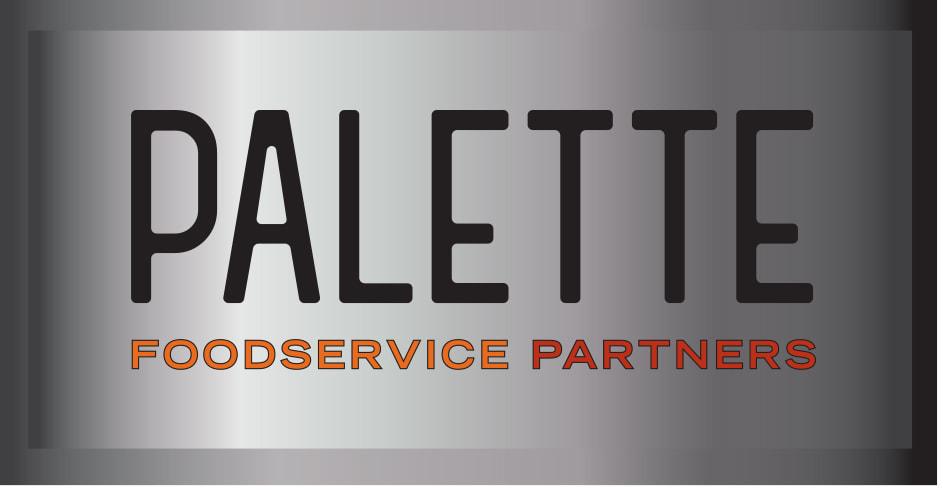
 RSS Feed
RSS Feed